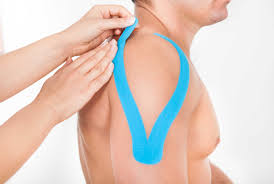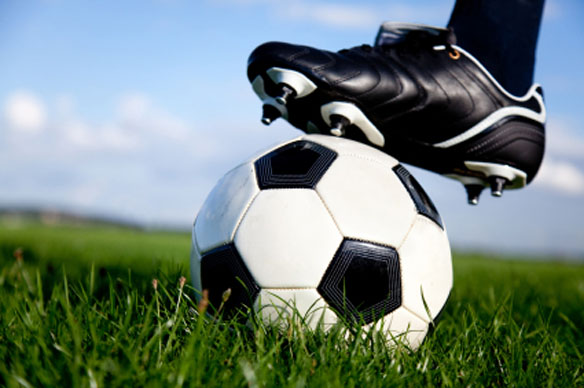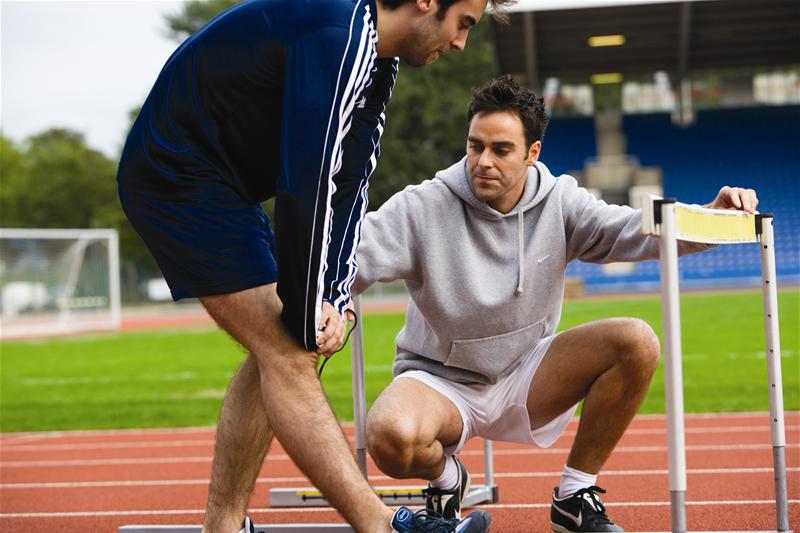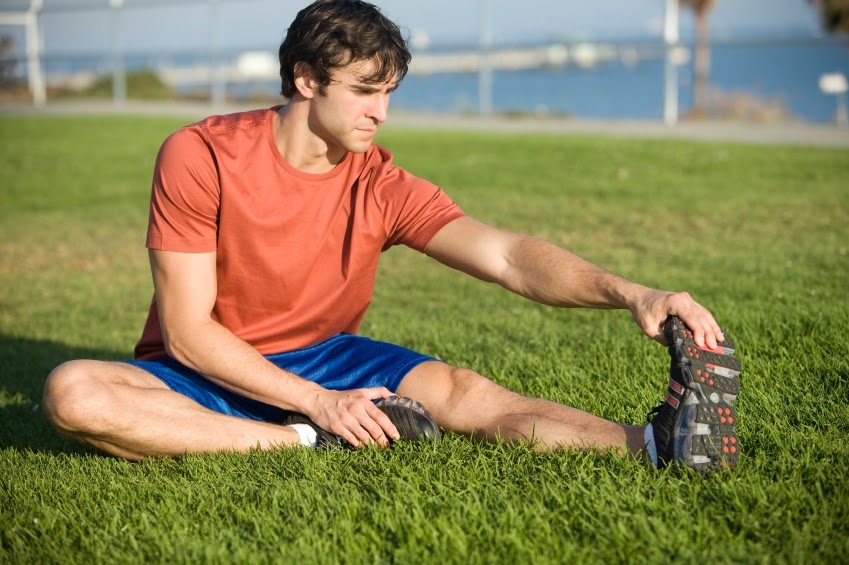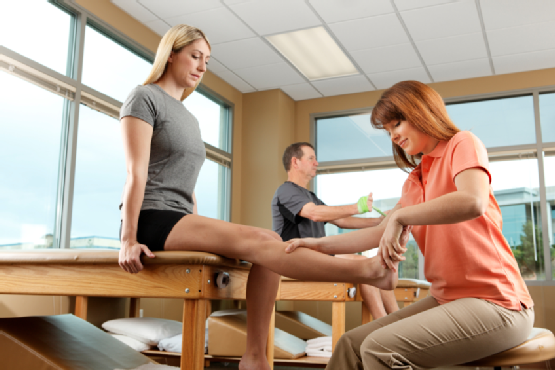You’ve seen it used with professional football players and Olympic athletes, so what is it?
Kinesio® Taping gives strength and stability to your joints and muscles without affecting circulation and range of motion. It is also used for preventive maintenance, edema, and to treat pain.
We use Kinesio® tape to stimulate muscle spindles and Golgi tendons to promote and inhibit muscular function. I call it the Neuro-tape.
Kinesio® Taping is a technique based on the body’s own natural healing process. This Kinesio® Taping exhibits its efficiency through the activation of neurological and circulatory systems. The method stems from the science of Kinesiology (def.: the study of the principles of mechanics and anatomy in relation to human movement), hence the name “Kinesio.”
Muscles are not only responsible for body movements but also control the circulation of venous and lymph flows, body temperature, etc. Therefore, if the muscles don’t function properly, it causes a myriad of symptoms. Kinesio® Taping creates a different treatment approach for nerves, muscles, and organs.
The first documented use of Kinesio® Taping was for a patient with articular disorders. For the first 10 years, orthopedists, chiropractors, acupuncturists, and other medical practitioners were the primary users of Kinesio® Taping. Kinesio® Taping was used by the Japanese Olympic volleyball team and word of its benefits quickly spread to other athletes. Today, Kinesio® Taping is used by medical practitioners and athletes around the world.
Kinesio® Tape is used for anything from headaches to foot problems and everything in between. Examples include: muscular facilitation or inhibition in pediatric patients, carpal tunnel syndrome treatment, alleviation of lower back strain/pain (subluxations, herniated discs). It’s also highly effective in treating knee conditions, shoulder conditions, hamstring, groin injury, rotator cuff injury, whiplash, tennis elbow, plantar fasciitis, patella tracking, pre- and post-surgical edema, ankle sprains and athletic preventative injury method, and is also used as a support method.
Conventional athletic tape was originally designed to restrict the movement of affected muscles and joints. For this purpose, several layers of tape were rolled around and/or over the afflicted area, while applying significant pressure, resulting in the obstruction of the flow of bodily fluids as an undesirable side-effect.
This is also the reason. Kinesio® athletic tape is usually applied immediately before the sports activity, and removed immediately after the activity is finished. Kinesio® Taping is NOT a supportive tape job, so the tape is highly flexible. It doesn’t prevent movement; it allows the muscles to go through their full range of motion.
It also allows the joints to bend and move, so it’s not supportive like an athletic training taping job. Kinesio® Taping is a neurologic taping technique that allows the muscles to function and over a course of one to three days, depending on how long the tape adheres, it helps train the human mind to understand what the body needs to do, and how it should be doing it.
read more
